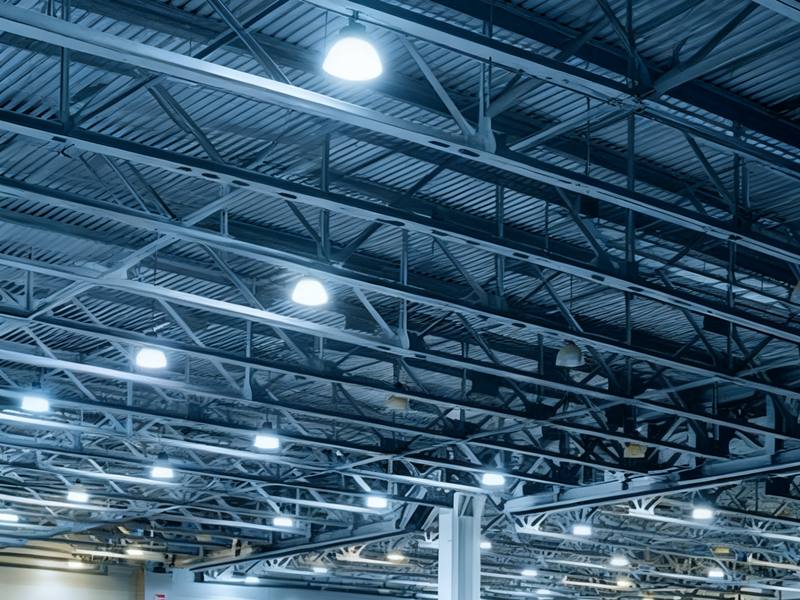The unique chip technology, high-quality heat sink, and premium aluminum cast lamp body fully guarantee the lifespan of LED industrial lamps, with an average chip lifespan of 50,000 hours. However, consumers all want their purchases to last even longer, and LED industrial lamps are no exception. So how can the lifespan of LED industrial lamps be improved? First, strictly control the quality of LED industrial lamp packaging materials, such as conductive adhesive, silicone, phosphor, epoxy, die bonding materials, and substrates. Second, rationally design the LED industrial lamp packaging structure; for example, unreasonable packaging can cause stress and breakage. Third, improve the LED industrial lamp manufacturing process; for example, curing temperature, pressure welding, sealing, die bonding, and time must all be strictly followed according to requirements.
To improve the lifespan of LED industrial lamp driver power supplies, selecting high-quality, long-life capacitors is an effective way to improve driver power supply lifespan; reduce ripple current and operating voltage flowing through the capacitor; improve power supply drive efficiency; reduce component thermal resistance; implement waterproofing and other protective measures; and pay attention to the selection of thermally conductive adhesives.
The quality of heat dissipation design is a key factor in the lifespan of LED mining lamps. Many people worry that high-power LED lights are merely “frighteningly bright” but will quickly degrade or even fail. In reality, the true impact on lifespan lies in heat dissipation design and light source quality. In environments like workshops where operation is prolonged, if the lamp cannot effectively dissipate heat, chip aging will accelerate, and brightness will decrease rapidly. Aluminum alloy fin structures are used in high-quality industrial and mining lamps to improve air convection, maintaining core components within a suitable temperature range and prolonging their life. The lifespans of lamps with different designs can differ significantly, sometimes by tens of times, even when the same quality chips are used. As a result, the heat dissipation system of a lamp is crucial to its design. LED heat dissipation generally includes system-level heat dissipation and package-level heat dissipation. Both forms of heat dissipation must be taken into account at the same time in order to lower the lamp’s thermal resistance. During the production of LED light sources, packaging materials, packaging structures, and manufacturing procedures are designed to achieve package-level heat dissipation.
Currently, the main types of heat dissipation designs include silicon-based flip-chip structures, metal circuit board structures, and materials such as die-bonding materials and epoxy resins. System-level heat dissipation primarily involves research into relevant technologies to innovate and improve heat sinks. With the increasing prevalence of high-power LEDs, power output is also rising. Currently, system-level heat dissipation mainly employs methods and structures such as thermoelectric cooling, heat pipe cooling, and forced air cooling. Solving the heat dissipation problem is an effective way to improve the lifespan of LED mining lamps, thus requiring further research and innovation.
As various factory and workshop lighting systems continue to upgrade and update, the energy-saving effect of industrial and mining lamps is becoming increasingly apparent, leading more and more industrial plants to choose them as their lighting fixtures. TIANXIANG specializes in the research, development, manufacturing, sales, and service of LED streetlights, LED mining lamps, and LED garden lights, providing high-quality, high-performance LED application products.
Post time: Nov-05-2025

